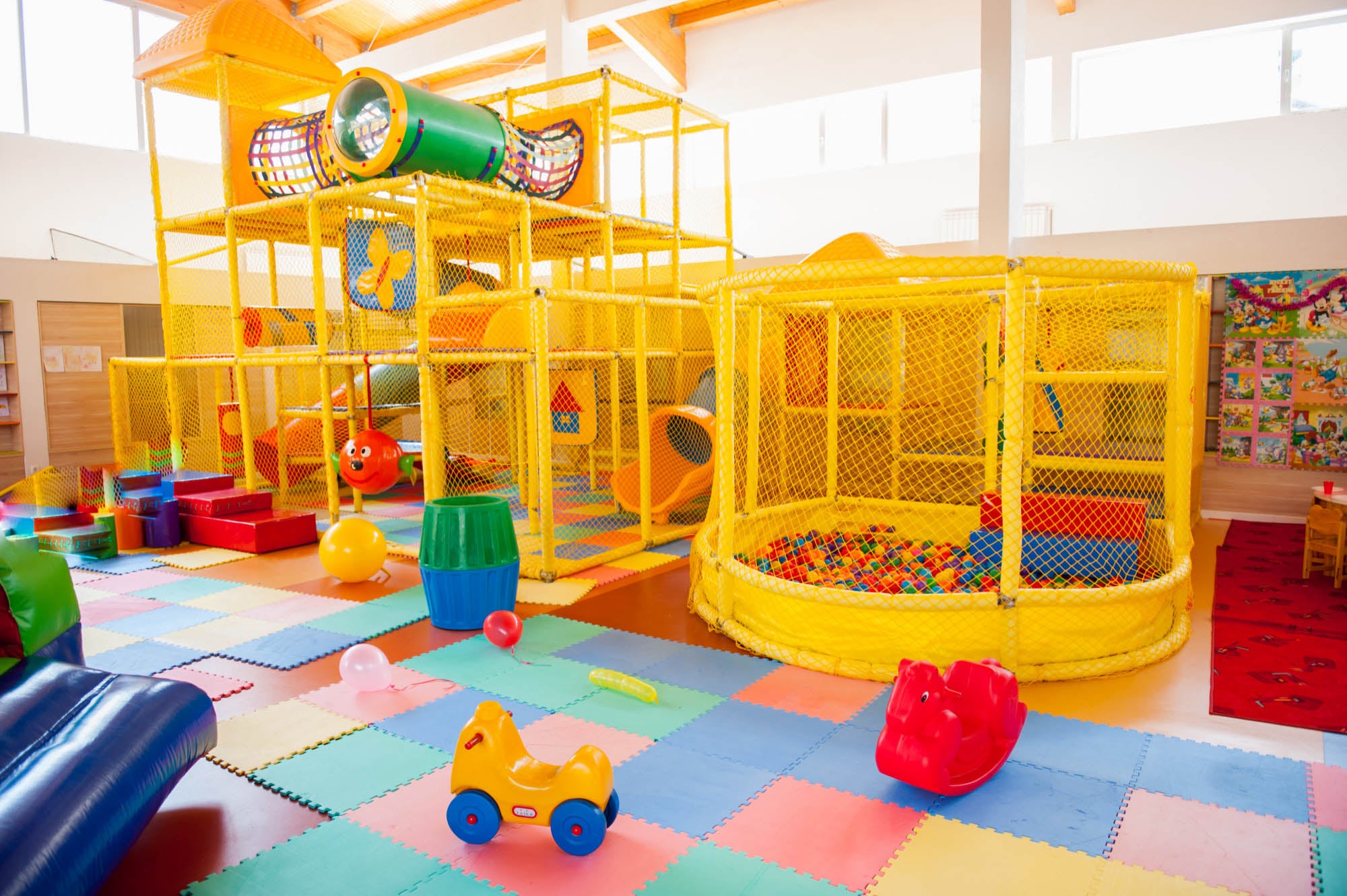
Soft Play Centre Health and Safety Templates
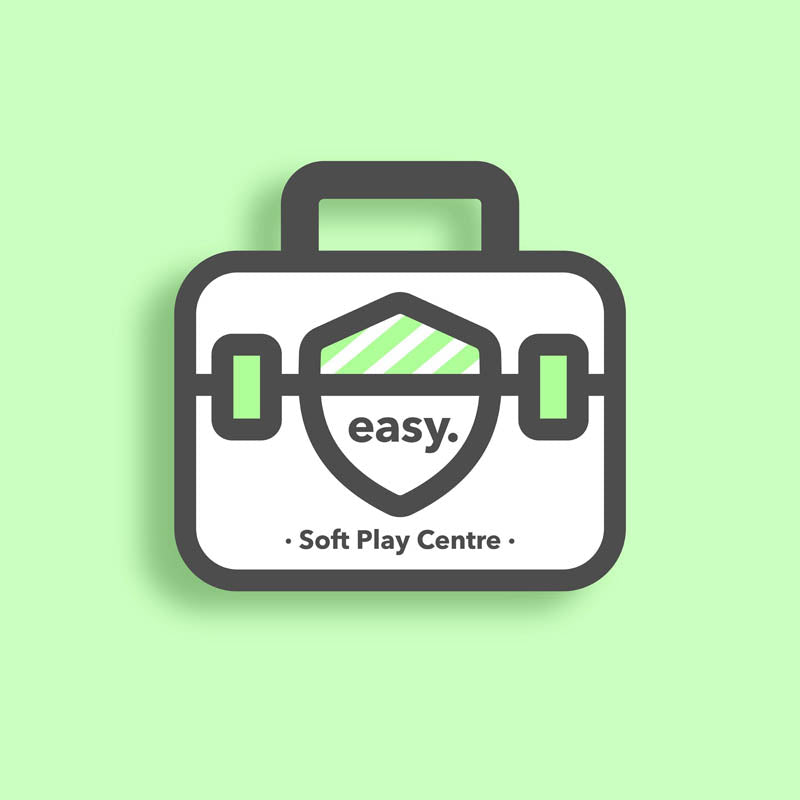
Master health and safety for your soft play business with our essential tools.
Quickly elevate health and safety standards in your children's play gym business by managing health and safety yourself. Our soft play health and safety documents, templates, and guidance are designed to be straightforward and user-friendly. Many are pre-filled with relevant information and examples are included to make filling in your documents much easier.
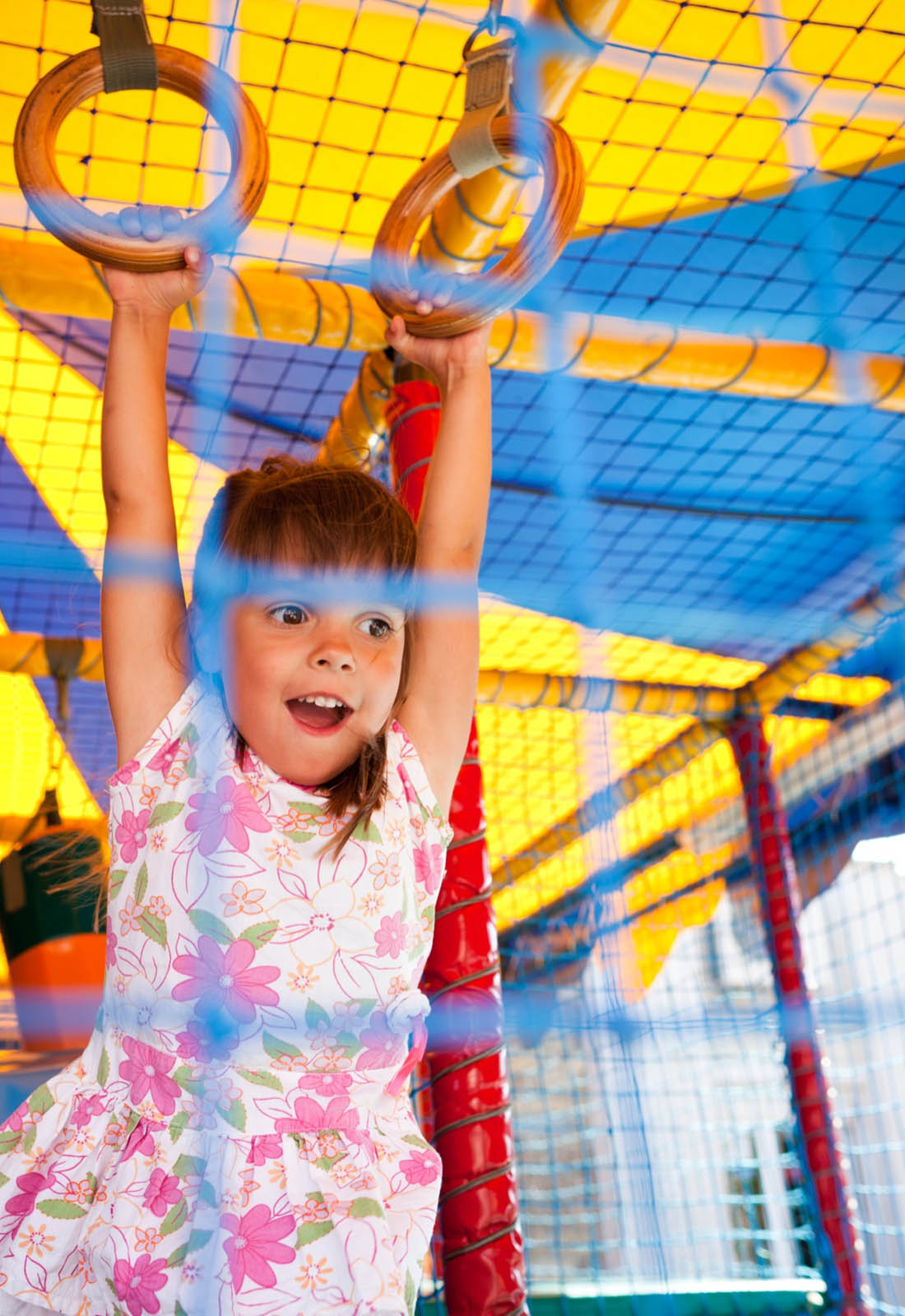
Beyond The Fun: Navigating Health and Safety in Soft Play Centres
Soft play centres and play gyms have become essential spaces for childhood development, providing environments where children can explore, learn, and grow. The importance of health and safety in these centres cannot be overstated, as it forms the backbone of a nurturing and secure setting for the youngest members of society.
Proactive Risk Management: Ensuring Physical Safety
Physical safety must always be a top priority in play centres. The management of risks associated with play equipment and activities is an ongoing process. It involves ensuring that all play structures and surfaces meet stringent safety standards to prevent accidents. Regular inspections, maintenance of equipment, and age-appropriate design are all critical to prevent potential injuries.
Hygiene & Health: A Clean Space for Play
In a world where children learn and explore primarily through touch, maintaining high standards of cleanliness is crucial. Effective hygiene practices help in preventing the spread of common childhood illnesses. This includes regular cleaning and disinfecting of play equipment, surfaces, and ensuring proper ventilation in indoor spaces.
Training & Supervision: The Human Element of Safety
The role of trained and attentive staff in these environments is invaluable. Staff training in emergency procedures, first aid, and child behaviour management are essential components of a safe play gym or centre. Effective supervision ensures that play remains safe while allowing children the freedom to enjoy their playtime.
Building Awareness: Educating on Health and Safety
Educating both staff and visitors about health and safety practices is vital. This includes clear communication of safety rules to parents and caregivers and engaging children in learning about safe play. This awareness helps in creating a collaborative environment where everyone plays a part in maintaining safety.
Conclusion: A Commitment to Safe & Healthy Play
The commitment to health and safety in soft play centres and gyms is a reflection of the business owner's dedication to the wellbeing of children. Health and safety measures ensure that children's play areas are not only fun and stimulating but also secure and healthy, providing peace of mind to parents and a safe space for children to thrive.
-

Supervision & Management
Inadequate adult supervision can increase the risk of accidents. It's important that the play area is properly staffed with trained personnel to monitor safety and intervene when necessary. Additionally, proper management of the number of children using the play area at one time can prevent overcrowding and reduce the risk of accidents.
-
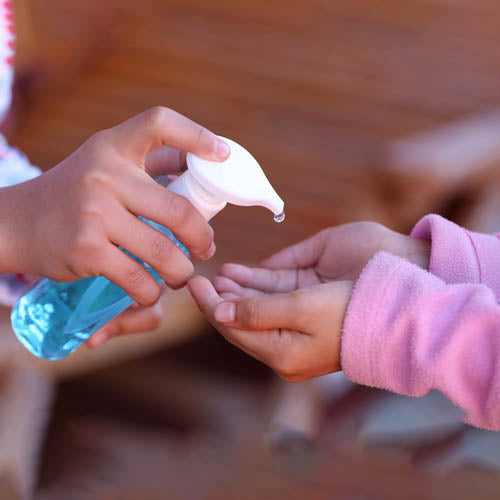
Hygiene & Infection Control
Hygiene & infection control are critical in children’s soft play centres to prevent the spread of illness among young children, who often share play spaces and equipment and have developing immune systems. Regular cleaning, sanitation and use of hand gel are essential for maintaining a safe, healthy environment for children to play in.
-
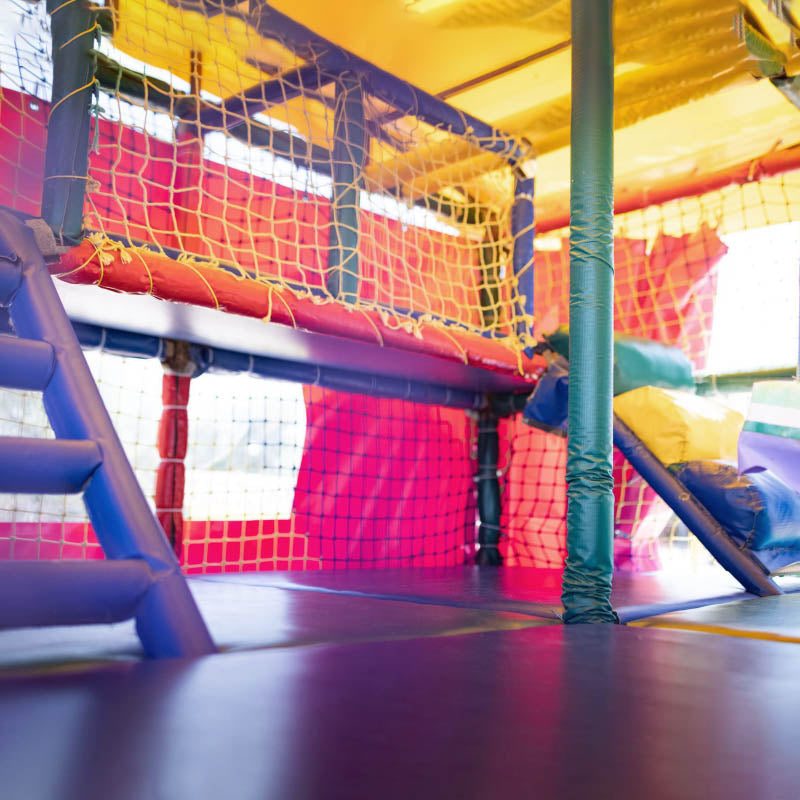
Physical Injury Risks
In children's soft play centres, the risk of falls, impacts, and collisions is inherent with active play. Ensuring equipment is properly designed and maintained, with adequate padding and soft matting, is vital to mitigate these risks. These safety measures provide a secure environment that reduces injury risk while children play and explore.

Why pay expensive consultant fees when you can manage health and safety yourself?
Improve your compliance while saving time and money by creating health and safety documents, customised to your business, yourself. Our children's soft play centre and play gym health and safety range covers a suite of essential templates including health and safety policies, risk assessments, COSHH forms, fire safety templates, health and safety guidance, safety posters and more.
Benefits of managing health and safety yourself...
-

Improve safety
Health and safety is about preventing accidents, incidents and ill-health by assessing the environment, the activities that take place within it, and taking appropriate action.
-

Increase compliance
Our ready to use templates, many of which are pre-filled, will enable you to quickly increase your compliance to health and safety law.
-

Save money
With health and safety consultants often charging upwards of £400 per day, there is a better way. Take control and save yourself time and money.
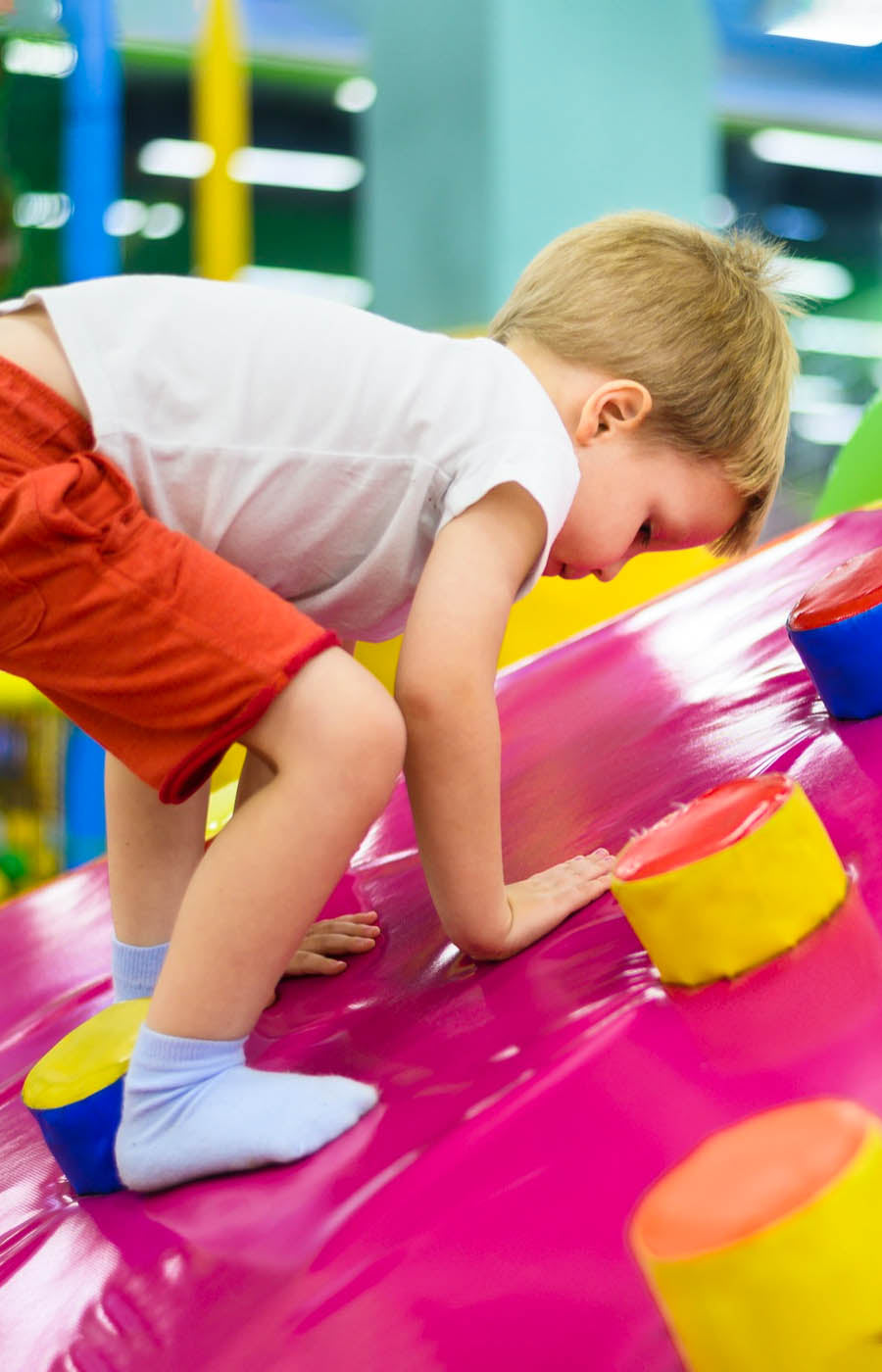
Balancing Time, Cost, & Safety in Children's Play Areas
We understand that, as an owner or manager of a children's soft play centre, managing time and financial resources efficiently is a constant challenge, especially when it comes to health and safety compliance. Ensuring the safety of the little ones in your care is a top priority, yet the demands of staying compliant can often feel overwhelming amidst the other day-to-day responsibilities of running your business.
Balancing the budget while meeting the necessary safety standards might seem like a daunting task. However, remember that investing in health and safety is not just a legal obligation but also a crucial aspect of building trust with parents and safeguarding your reputation. There are cost-effective and time-efficient strategies and resources available that can help streamline this process, ensuring you can provide a safe, enjoyable environment without stretching your resources too thin.
At easyhealthandsafety we aim to take the friction out of health and safety for soft play centres and play gyms by providing products, and guidance, so simple to use they're almost enjoyable.
Frequently Asked Questions
Soft Play Centre Health and Safety: FAQs
How often should equipment in soft play centres be inspected and maintained?
Equipment in soft play centres requires a tiered approach to inspection and maintenance. Daily checks are crucial to identify and address any immediate hazards like broken equipment or spillages. Weekly inspections are more detailed, focusing on wear and tear and overall safety. Annual inspections are generally conducted by external safety experts and focus on comprehensive safety compliance. This tiered approach ensures that any potential risks are identified and mitigated promptly.
What does a risk assessment in a soft play centre involve?
A risk assessment in a soft play centre is a systematic process to identify and evaluate potential hazards that might cause harm to children and staff. It involves analysing the likelihood and potential severity of these risks and determining appropriate measures to mitigate or eliminate them. This process is crucial in ensuring the safety of the play environment, as it helps identify everything from equipment faults to potential hygiene issues.
Find our simple-to-use Soft Play Centre Risk Assessment Template here.
Who is responsible for conducting risk assessments in soft play centres?
Typically, the responsibility for conducting risk assessments in soft play centres lies with the management or owners. They may conduct these assessments themselves or may delegate the task to suitably trained staff members. In some cases, especially for more comprehensive assessments, external professionals with expertise in child safety and facility management are hired to ensure a thorough and unbiased evaluation.
Find our simple-to-use Soft Play Centre Risk Assessment Template here.
How often should risk assessments be carried out in soft play centres?
Regular and systematic risk assessments are essential. Formal risk assessments should be conducted at least annually or whenever there are significant changes in the play environment, equipment, or usage patterns. Additionally, daily routine checks are recommended to address immediate risks such as broken equipment or spillages.
Find our simple-to-use Soft Play Centre Risk Assessment Template here.
How should accidents and injuries be recorded in soft play centres?
When accidents or injuries occur, staff must be prepared to respond promptly with first aid and, if necessary, emergency services. All incidents should be recorded in an accident book, detailing the nature of the incident, how it was handled, and any follow-up actions taken. This record is crucial for monitoring safety trends and implementing preventative measures. For more severe incidents, reporting to the relevant health and safety authorities may be required under RIDDOR (Reporting of Injuries, Diseases and Dangerous Occurrences Regulations 2013).
What are the cleaning and hygiene requirements for soft play centres?
Given the high risk of germ transmission in environments frequented by children, soft play centres must adhere to strict cleaning and hygiene procedures. This includes daily cleaning of all play equipment and surfaces, with particular attention to high-touch areas. Regular deep cleaning schedules should also be in place to ensure a more thorough sanitation of the entire facility.
Additionally, policies should be established to manage the attendance of sick children, aiming to reduce the spread of contagious illnesses. Play centres should also promote and facilitate good hygiene practices, such as hand washing among children and adults.
What training do staff need in children's play centres?
Staff working in children's play centres require instruction and where necessary, training that covers various aspects of child safety and care. This includes first aid training to handle any injuries or medical emergencies, training in emergency evacuation procedures, and understanding of child behaviour to manage and supervise children effectively. Regular refresher courses are also important to keep the staff updated on the latest health and safety practices and regulations.
How should fire safety be managed in children's soft play areas?
Fire safety in children’s play areas involves several key components. First, there must be clear and well-marked fire exits, free from obstruction. Regular fire drills should be conducted to ensure both staff and visitors are familiar with evacuation procedures. Functional fire alarms and extinguishers should be readily available and checked regularly. Staff should be trained in fire safety procedures, including how to respond in the event of a fire and how to evacuate children safely in the event of a fire.
How should allergies and health conditions of children be managed in soft play centres?
Managing allergies and health conditions in play centres involves a multi-faceted approach. Centres should gather information about any allergies or health conditions from parents or guardians upon entry. Clear policies should be in place regarding food consumption, especially if food allergies are a concern. Staff should be confident in recognising and responding to allergy symptoms and other health emergencies.
What are the key health and safety regulations for soft play centres and play gyms?
Soft play centres and play gyms are governed by several regulations, primarily the Health and Safety at Work etc. Act 1974, which mandates employers to ensure the safety of both employees and anyone affected by their work, including children in play areas. The Management of Health and Safety at Work Regulations 1999 requires employers to conduct thorough risk assessments and take appropriate measures to manage risks. This includes ensuring the safety and regular maintenance of play equipment, training staff in health and safety practices, maintaining high hygiene standards, and implementing effective emergency procedures. These regulations are enforced to create a safe and healthy environment for children to play in.
Improve compliance across your business with our Soft Play Centre Health and Safety Document Bundle.







